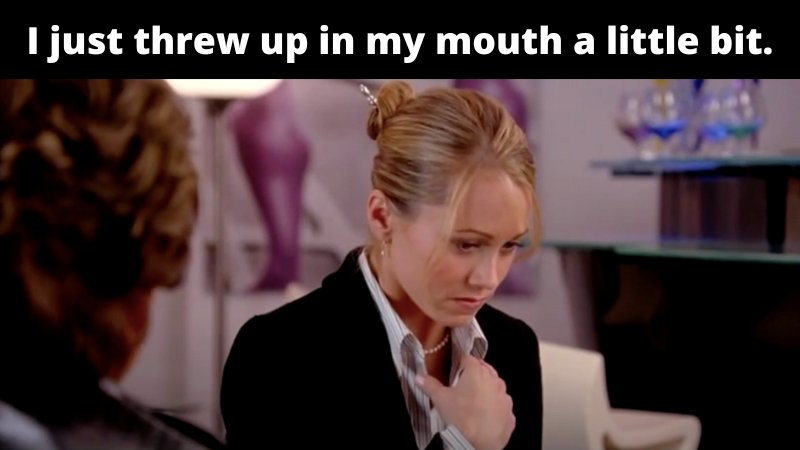5 WORST Breathing & Bracing Mistakes Lifters Don't Know They Are Making
/(A Blast from the Past article originally posted on 08/04/23)
You’re focused, you’re feeling strong, and you are totally ready for today’s PR squat attempt. Today is your day, bro. You are completely dialed in.
It’s too bad you breathe like a doofus when you lift.
What’s that? That ain’t you? You’re just reading for a friend? Whatever the case, let’s get to it. There are a few mistakes commonly seen when it comes to breathing and bracing correctly (i.e., performing the Valsalva maneuver) when lifting. Let’s take a look at them and fix them fast.
1. Breathing in on the descent and out on the ascent
This flashback-to-the-80s error is less pervasive than it used to be, but it’s still all too common. Remember - if the bar is moving, you’re not breathing.
Breath is support, and we like support when lifting heavy weights, so simply take a breath in before the start of the lift, hold that breath with tightly contracted abs (and the rest of your trunk) throughout the rep, and then exhale only when the bar is back where it started.
2. Holding your breath with puffed cheeks
When you perform the Valsalva maneuver, you hold your breath against a closed glottis, not against your lips with your cheeks puffed out. Don’t know what a glottis is? Not a problem, simply say the word “hick” and hold the “ck” position with your mouth at the end - you’ll be holding your breath against a closed glottis.
You can correctly perform the Valsalva maneuver with an open or closed mouth, so to see if you’re doing it correctly (and not holding your breath against your lips), try performing the Valsalva maneuver with your mouth open the next time you lift.
3. Letting out your breath at the top of your deadlift
Just don’t. Remember - breath is support, and you’re still supporting the barbell at the top of the pull. Wait the extra half second it takes to lower the bar and then release your breath when the bar is back on the floor where it started. This can be a hard habit to break for some, so practice it during the warm-ups when the weight is light.
4. Pushing your belly out into your belt
Nope. You get tight and rigid before starting a rep in the exact same manner whether or not you’re wearing a belt. Among other things, the belt provides a great tactile reminder of the need to contract the muscles of your midsection - you can feel your abs tense against the belt - but don’t try to actively shove your belly outward into the belt. Simply tense up like you’re going to take a punch to the gut, and you’ll be doing just fine.
5. Too many breaths between reps
This error usually shows up on the squat or the deadlift. The brief moment between reps provides a tiny respite before the next rep, but you waste energy if you spend more time in that position than you have to. The best resting position is that chair you’re going to sit on when you’re done with the last rep, so finish the rep, take a breath, and then start the next rep.
As you get deeper into the set - say rep 4 or 5 - you might need another breath or two, but try to keep it to a minimum. The “deadlift dry heaves” - where you spend too much time and take 5 or 6 breaths between reps - are all too common, and they exhaust you before you even start the next rep. Get the set done.
As always, we hope this helps you get stronger and live better.
-Phil
PS: Whenever you want even more Testify in your life, here are some free resources:
Book a free intro and strategy session with us HERE.
Pick up a free copy of Testify’s Squat Guide: 12 Tips to Improve Your Squat Now HERE.
Get our free weekly email - containing useful videos, articles, and training tips - HERE.
Follow Testify on Instagram HERE.
Subscribe to Testify’s YouTube channel HERE.
(Some links may be affiliate links. As an Amazon Associate, Testify earns from qualifying purchases.)




